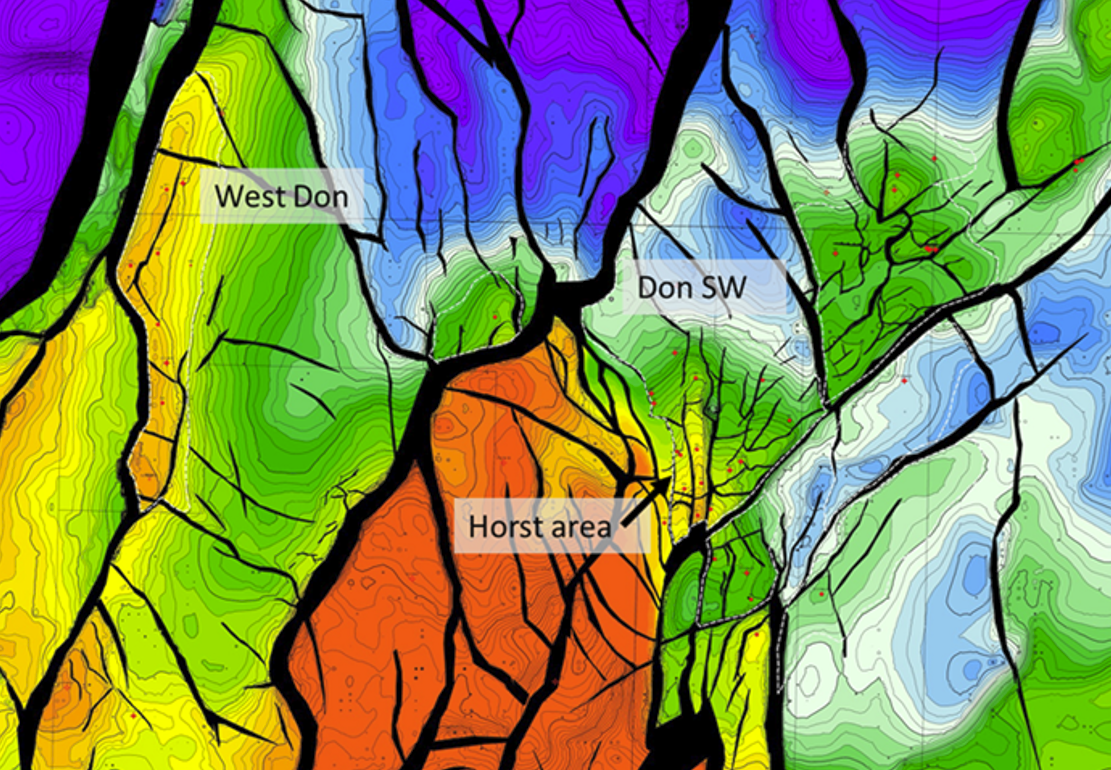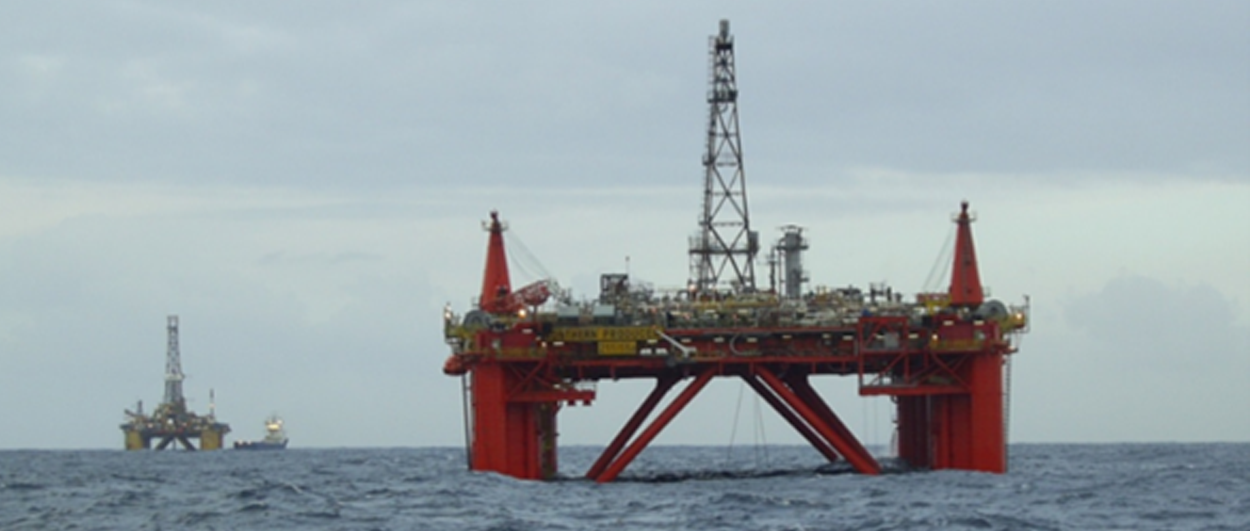Would you re-mortgage your house to invest in an oilfield development because you simply believe in it? Yes, good on you. Would you still do it when a major says there is no future in it? There will probably not be many who would still go for that. But Peter Buchanan did, and he has never regretted it.
This short story is about the Dons, a cluster of oil compartments named West Don, Don SW and NE Don in the UK Northern North Sea.
Why was it a success? “We had a great team of people who were solely dedicated to this single field”, says Peter when I spoke to him over the phone. “And this team worked up the geology of the field, which is situated along the northern margins of the Middle Jurassic Brent delta system, in such a way that the Dons even became one of the top producers across the entire UKCS for a while.”

But how did this opportunity arise? It started at a time when the UK government realized that something needed to be done about marginal fields, around 2005. Before infrastructure would go, it was time to get satellites developed. BP put forward the Dons. It ended up in the hands of First Oil, Petrofac and RBS – the bank where Peter worked at the time. But even though RBS was interested in financing oil and gas developments, it was not keen to have an operating share.
“That’s why RBS wanted out, but I had seen the opportunity”, says Peter. “It was at that time that I decided to leave RBS, remortgage my house, and buy the RBS share in the Dons.” That was the start of the company Valiant.
And even though Valiant was not the operator of the field – that was Petrofac which later became Enquest – it was the team in Valiant that did the subsurface legwork to plan the wells. “It is a simple thing”, Peter says, “when you have got a dedicated team working on a single project, and there is a real push to make it a success, you’ve got the incentive to do so. It is a good thing not to have a plan B.”
Phil Crookall, who was the Technical Director at the time, adds: “The field size was too small for BP, it was just not part of their main portfolio and they never put a dedicated team to it in the same way as we did.”
“As an example”, Phil said, “we had identified a fault panel in the field that had previously been interpreted by BP as being a downfaulted block. Our geophysicist, after careful examination, was convinced it was an upthrown block. So you can imagine the excitement when the well came in to prognosis. It became one of the best producers of the field and you understand the upside that fault block brought with it.”
The fields enabled Valiant to float on the AIM market in 2008. And to go onto to expand into other developments and exploration areas. Ultimately the Don area produced more than 50 million barrels of oil before being successfully decommissioned, with the originally envisioned field extents being added to with some near field extensions.
Is there room for another Don adventure in the North Sea? “I haven’t been in Aberdeen since 2012”, says Peter, “but it must have changed a lot since.” I can only admit that, and agree that someone with a genuine entrepreneurial spirit like Peter Buchanan will be in a totally different and more challenging arena now, even though it is only a bit more than 10 years ago.





